Internet Filtering & Monitoring
What are the benefits of implementing internet filtering and monitoring strategies?
How can businesses choose the right approach for internet filtering and monitoring?
What are the limitations associated with internet filtering and monitoring?
Why is enhancing online safety crucial in today’s digital landscape?
Internet filtering, monitoring, and safeguarding web activity have become essential tools in today’s digital landscape. As the online world continues to expand, safeguarding against harmful content through internet filters and ensuring productivity with web filtering service has never been more critical. By implementing robust filtering, internet filters, and monitoring systems, individuals and organizations can safeguard sensitive information, maintain compliance with regulations, and enhance cybersecurity measures. These tools not only provide a secure online environment but also offer insights into user behavior and network activity for improved decision-making, including web usage monitoring and internet monitoring.

Stay tuned to discover how these tools, including website, apps, internet monitoring, and content monitoring, can help you navigate the complexities of the digital realm with confidence.
Key Takeaways
Implementing Strategies: Consider a combination of filtering and monitoring tools to create a comprehensive online safety plan.
Choosing Your Approach: Safeguarding your network by tailoring filters on websites and monitoring based on your specific needs and the age groups of the individuals involved.
Enhancing Online Safety: Regularly review and update your internet filtering and monitoring strategies for websites, networks, sites, and apps to adapt to changing online threats and behaviors.
Making an Informed Decision: Prioritize transparency and communication when implementing internet filtering and monitoring measures on the network to build trust with users.
Actionable Insight: Regularly educate yourself and your family members about online risks and safe internet practices to maximize the effectiveness of filtering and monitoring tools.
Relevance: By understanding the benefits and limitations of internet filtering and monitoring, individuals can make informed decisions to enhance online safety for themselves and their loved ones.
Understanding the Basics
What is Filtering
Internet filtering involves proactively restricting access to inappropriate websites. This process helps organizations, including companies, control what content employees can access online using internet filters. Methods like category filtering, blacklisting, and whitelisting are commonly used. Category filtering blocks websites based on predefined categories, while blacklisting prevents access to specific sites. Whitelisting, a filtering tool, allows access only to approved websites, enhancing security measures.
Internet filtering plays a crucial role in creating a safer workplace environment by preventing exposure to harmful or distracting content. It also helps in boosting productivity by ensuring that employees focus on work-related tasks without distractions from inappropriate websites using content filtering software and content monitoring.
What is Monitoring
Internet monitoring refers to the practice of tracking and recording the websites visited by users. Monitoring software collects data on browsing activities, providing insights into individual web usage patterns. This data is then analyzed to understand browsing habits, identify trends, and detect any unusual or unauthorized internet activity on websites.
Monitoring software serves as a vital tool for organizations to ensure compliance with internet usage policies and regulations. By monitoring internet activity on network, companies can detect and address any misuse of company resources or violations of acceptable use policies by users promptly.
Filtering vs Monitoring
Key Differences
Internet filtering involves proactively restricting access to certain online content, such as websites or specific types of information to block users on the network. Organizations use web content filtering services to control what users can access on the internet network. On the other hand, monitoring focuses on tracking and recording employees’ internet activities.
Filtering aims to prevent unauthorized access to inappropriate or non-work-related websites on the network, blocking users, and boosting productivity and security. In contrast, monitoring internet usage patterns is more reactive, analyzing after the fact.
Organizations implementing filtering can set up predefined rules and restrictions based on their policies and compliance requirements. This approach helps in preventing potential security breaches by blocking malicious websites or content.
Monitoring, however, involves observing employee internet behavior to identify any policy violations or security threats that may have occurred. It plays a crucial role in investigating incidents after they happen.
Decision Factors
When deciding between web content filtering and monitoring to support or block certain content, organizations should consider various factors to align their choices with their specific needs and goals. One critical factor is ensuring that internet restrictions effectively support organizational objectives by blocking certain content.
The primary focus should be on striking a balance between maintaining a secure network environment through filtering while also supporting proper monitoring practices to respect employees’ privacy and block unauthorized access.
Another essential consideration is the industry in which the organization operates. For example, highly regulated sectors like healthcare or finance may require stricter filtering measures to comply with data protection laws and safeguard sensitive information.
To make informed decisions, organizations must evaluate the trade-offs between blocking access for security purposes and allowing flexibility for productivity. Implementing both filtering and monitoring tools can provide comprehensive coverage for addressing diverse organizational needs.
Benefits and Limitations
Pros of Filtering
Internet filtering plays a crucial role in maintaining a productive work environment by preventing access to distracting or harmful websites and blocking them. By setting boundaries and blocking on internet usage, organizations can ensure that employees focus on work-related tasks efficiently. This enhances productivity and reduces the likelihood of time wastage on non-work activities.
Moreover, filtering helps in enforcing acceptable use policies by restricting access to websites that violate company guidelines. This ensures that employees adhere to appropriate online behavior and do not engage in activities that could harm the organization’s reputation. Overall, internet filtering supports a secure and controlled online environment conducive to work.
Cons of Filtering
Despite its benefits, internet filtering may have limitations, such as potentially blocking legitimate websites that are relevant for work purposes. This can hinder employees from accessing essential information or tools necessary for their tasks, leading to frustration and decreased efficiency. Keeping up with the continuously evolving web content poses a challenge as new websites emerge regularly.
Flexibility in filtering is crucial to strike a balance between security and productivity. Overly restrictive filters can impede workflow and creativity by limiting access to valuable resources. Organizations need to regularly review and adjust their filtering configurations to ensure optimal performance without compromising necessary access.
Pros of Monitoring
Internet monitoring offers valuable insights into employee internet usage habits, allowing organizations to track how time is spent online. By analyzing this data, employers can identify patterns of behavior and address any productivity issues effectively. Monitoring also serves as a deterrent against inappropriate online activities by creating accountability among employees.
Furthermore, monitoring contributes to improving employee productivity and behavior by encouraging responsible internet use. Employees are more likely to stay focused on work tasks when they know their online activities are being monitored. This leads to a more disciplined workforce and enhances overall organizational performance.
Cons of Monitoring
Privacy concerns and employee trust issues may arise when implementing internet monitoring systems. Employees may feel uncomfortable knowing that their online activities are being tracked, raising questions about privacy invasion in the workplace. This can negatively impact employee morale and lead to decreased job satisfaction.
Interpreting monitoring data accurately presents another challenge as it requires understanding context and differentiating between personal and work-related internet usage. Misinterpretation of data could result in incorrect conclusions about employee behavior or performance, leading to potential conflicts within the organization.
Implementing Strategies
Effective Filters
Internet filters play a crucial role in restricting access to harmful content online. Effective filters are characterized by their accuracy in blocking inappropriate websites and flexibility in allowing access to approved sites. Regularly updating filter databases is essential to ensure that new threats are promptly identified and blocked. Customizable filter settings enable organizations to tailor the filtering criteria based on their specific needs, ensuring a balance between security and accessibility.
Pros of Effective Filters:
Enhanced protection against cyber threats
Customizable settings for tailored filtering
Cons of Effective Filters:
Potential overblocking of legitimate websites
Requires regular maintenance and updates
Monitoring Tools
Various internet monitoring tools are available in the market to help organizations track online activities efficiently. These tools offer features such as real-time tracking of user behavior, detailed reporting on internet usage patterns, and alerts for suspicious activities. When selecting monitoring tools, organizations should consider factors like compatibility with existing systems, ease of use, and the level of detail provided in reports.
Popular Internet Monitoring Tools:
Net Nanny
Qustodio
Covenant Eyes
Features of Monitoring Tools:
Real-time tracking of online activities
Detailed reports on internet usage
Alerts for suspicious behavior
Monitoring tools provide valuable insights into how employees or individuals utilize the internet within an organization. By analyzing this data, organizations can identify potential security risks, enforce compliance with policies, and improve productivity.
Choosing Your Approach
Individual Needs
Individual preferences and roles significantly influence internet filtering and monitoring choices. Different users may require varying levels of access based on their job responsibilities. User feedback is crucial in determining the effectiveness of filtering settings. Organizations should configure personalized restrictions to accommodate diverse user needs.
Organizational Goals
Organizational goals serve as a guiding factor in decisions regarding internet filtering and monitoring. Filtering policies should reflect the values and objectives of the organization. Aligning restrictions with the overall mission ensures a cohesive approach to internet usage. Internet policies play a pivotal role in fostering a secure and productive work environment.
Enhancing Online Safety
Safety Measures
Internet filtering and monitoring play a crucial role in enhancing workplace safety by safeguarding against cyber threats. These measures help prevent access to malicious websites and ensure compliance with internet use policies. Regular audits and updates are essential to maintain a secure web gateway.
Pros:
Prevents cyber threats
Ensures compliance with internet use policies
Cons:
Requires regular audits and updates
These safety measures are vital for preventing inappropriate internet use within organizations. By blocking access to certain websites and monitoring web activity, companies can safeguard their network effectively. A cloud access security broker can further enhance security by providing visibility into web usage.
Content Solutions
Internet filtering and monitoring also aid in managing content-related challenges by controlling access to specific types of content. These solutions enable organizations to restrict access to social media platforms or other non-work-related websites, enhancing productivity. Continuous improvement in content management strategies is key to maintaining an effective filtering system.
Implement internet filtering tools
Regularly update content restrictions
Conduct employee training on safe internet practices
Case Studies and Examples
School Safety
Internet filtering and monitoring play a crucial role in ensuring school safety by preventing students from accessing inappropriate content. These measures create a secure online environment, reducing the risks of cyberbullying, exposure to explicit material, and online predators. Educators can utilize specialist knowledge to implement effective filtering systems that align with educational goals.
Implementing internet filtering and monitoring tools helps in protecting students from harmful online content, such as violence, pornography, and hate speech. By restricting access to these materials, schools can maintain a positive digital learning environment conducive to student well-being and academic performance. Educators can also use model guidelines to educate students about responsible internet usage.
Parental Guides
Parents can ensure their children’s online safety by implementing internet filtering and monitoring for parental control at home. Setting up age-appropriate restrictions on websites and applications helps in safeguarding children from inappropriate content. Regularly monitoring children’s online activities enables parents to identify any potential risks or concerning behavior.
It is essential for parents to actively engage in their children’s online experiences by discussing internet safety practices and establishing open communication channels. By emphasizing the importance of responsible digital behavior and guiding children on safe internet usage, parents can help prevent cyber threats and promote healthy online habits. Involving parents in the process of setting up internet filters provides an additional layer of protection for children.
Making an Informed Decision
Before Purchasing
When considering investing in internet filtering or monitoring solutions, it’s crucial to evaluate scalability. Ensure the tools can grow with your organization’s needs. Compatibility is key to seamless integration with existing systems and networks.
Conduct thorough research before purchasing any solution. Seek expert advice to understand the latest trends and technologies in this field. Expert guidance can help you make an informed decision tailored to your specific requirements.
Importance of Relationships
Fostering positive relationships within an organization can significantly enhance the effectiveness of internet filtering and monitoring. Open communication channels create a culture of transparency and accountability. Collaboration among departments ensures a holistic approach to implementing internet restrictions.
Communication plays a vital role in successfully implementing internet policies. Clearly communicate the reasons behind restrictions to employees. Encourage feedback and address concerns promptly to maintain a positive relationship with staff members.
Building trust is essential when implementing internet filtering and monitoring measures. Establishing transparency about the purpose of these tools fosters employee understanding and cooperation. Trust between employers and employees leads to better compliance with internet policies.
Closing Thoughts
As you navigate the realm of internet filtering and monitoring, understanding the nuances between these approaches is crucial for safeguarding your online environment. By weighing the benefits and limitations, implementing tailored strategies, and learning from case studies, you can make informed decisions to enhance online safety. Remember, the key lies in choosing an approach that aligns with your objectives while considering the unique needs of your digital landscape.
In a world where digital threats loom large, taking proactive steps to filter and monitor internet usage is paramount. Stay vigilant, stay informed, and empower yourself with the knowledge shared in this guide to fortify your online defenses. Your commitment to enhancing cybersecurity will not only protect your digital assets but also contribute to a safer online ecosystem for all.
Frequently Asked Questions
How do internet filtering and monitoring differ?
Internet filtering restricts access to certain content, while monitoring tracks online activities. Filtering focuses on blocking inappropriate sites, whereas monitoring provides insights into user behavior.
What are the benefits of implementing internet filtering, monitoring strategies, and web security on networks to block access?
Enhanced cybersecurity, improved productivity, regulatory compliance, and protection against harmful content are key benefits. These strategies also help in preventing data breaches and maintaining a safe online environment.
How can businesses choose the right approach for internet filtering, monitoring web activity, and securing specific websites with a secure web gateway?
Businesses should assess their specific needs, consider budget constraints, evaluate available tools, and prioritize features like real-time monitoring, customizable filters, and reporting capabilities to select the most suitable approach.
What are the limitations associated with internet filtering, blocking, and monitoring web activity for web security?
Limitations include potential overblocking or underblocking of content, privacy concerns regarding employee monitoring, resource-intensive implementation processes, and the need for ongoing updates to keep up with evolving online threats.
Why is enhancing web security, internet monitoring, web content filtering, and monitoring web activity crucial in today’s digital landscape?
Enhancing online safety is vital to protect sensitive data from cyber threats, safeguard user privacy, maintain a positive reputation, comply with regulations such as GDPR or HIPAA, and build trust with customers by demonstrating a commitment to security measures.





